From a computer in Brazil, Felipe “liko” Lebrao types out six letters: LFT OWL—he’s looking for a team in the Overwatch League. Liko, like many Overwatch Contenders players, is hoping to be pulled up into the big leagues: the Overwatch League. The months-long tournament series ended last month, and the off-season is in full swing. With eight new expansion teams to fill, there are a lot of organizations looking for players.
Whereas the Overwatch League’s inaugural season was based primarily in Burbank, California at Blizzard Arena Los Angeles, the off-season is decentralized. It creeps across the globe, spreading from PC bangs in South Korea to bedrooms in Brazil. There are no large-scale training camps, no drafts. Few trials take place offline, with both open and closed tryouts held behind computer screens, players linked up in Discord. Overwatch League’s free agents are, essentially, anyone and everyone. Though some teams are holding closed tryouts open to only elite Overwatch players with professional experience, some teams, like Boston Uprising and Philadelphia Fusion, have cast a wide net—essentially, to any grandmaster-ranked player in Overwatch. It’s the dream that the Overwatch League has been trying to market all along: You can make it down this “path to pro.” It just starts with LFT OWL.
The Overwatch League’s player signing window has been open since Aug. 1, but first only to players already signed to teams. From Aug. 1 to Sept. 9, teams and players were able to negotiate new contracts and begin making player trades. On the final day, the player signing period opened to Overwatch League expansion teams: Only the eight expansion teams can pull from the league’s free agent pool, which includes any player dropped from their inaugural season team or any player outside the Overwatch League. On Oct. 8, all Overwatch League teams can pick up free agents.
A sea of LFT OWL posts have flooded Overwatch community Twitter feeds—so much that it’s become a meme. The posts themselves are more symbolic than anything. Many players told us that it’s far from a strategy to get onto an Overwatch League team. But it’s an easy way to open up a dialogue around a player’s free agency, listing key statistics, buyout—or lack there-of—information, and contact notes.
Related: All of the Overwatch League roster moves made so far
The tweets
A lot of players are looking to make their Overwatch League debuts in season two—likely hundreds of them, if we’re counting Overwatch Contenders players and beyond. There’s a lot of information to disseminate, and teams need to be efficient in trialing new players.
“I personally don’t search through Twitter looking for people who are LFT,” Philadelphia Fusion coach Elliot Hayes told Dot Esports. “Usually I have a look through all the Contenders [and] unsigned teams and decide who I’d like to see based off their performance in officials or players I’ve seen in scrims. I also scan the ranked ladder and look to see if I can see any fresh faces. Sometimes you can find some very talented, unknown players that way.”
And players know this: An LFT OWL post isn’t going to get them a tryout. But it’s an efficient way to spread information. “I ended up making LFT post for a specific reason,” former Team Envy main tank player Bryan “iShiny” McCarthy said. “A lot of teams thought that I was signed to Envy, meaning that they thought they had to talk to Envy to reach me. I made the LFT post to make it known that I am a free agent.”
Because iShiny is a free agent, he doesn’t have a buyout, which is something that’s affected his Overwatch League prospects in the past, he said. While on EnVision Esports, which is still having issues with paying thousands of dollars in player back salaries, iShiny had a major buyout—six figures, he said—and he didn’t want that to sway potential Overwatch League teams in season two.
Related: Washington, D.C. Overwatch League team signs Janus, WizardHyeong
Other players we spoke to shared this sentiment. It’s worth the risk of leaving an Overwatch Contenders team to become a free agent heading into the Overwatch League’s second season. For players that have true prospects in the Overwatch League, there will be no trouble in finding a new Contenders team to join, should they not make the big leagues. Martin “Graceful” Wongphrom, too, said he decided to leave his Contenders team, Copenhagen Flames, to ensure he’s able to tryout for Overwatch League and Academy teams.
The tier two scene is stagnant during the Overwatch League off-season, with rosters also in limbo. There’s the risk of many squads falling apart as players are picked off by Overwatch League teams. “It’s hard for anyone to really commit to a team for Contenders that might be in trials for the Overwatch League,” Graceful said. IShiny agreed: “Contenders teams are pretty much player farms,” he said.
The tryouts
Given the Overwatch World Cup’s proximity to the Overwatch League signing period—most of the group stages are right in the middle of it—some players are banking on being noticed there, too. Brazil Gaming House DPS player liko thinks it’s an advantage. South America is a chronically underappreciated region in Overwatch, often overlooked by Overwatch League teams, players in the area have said. But you can’t ignore a team that performed so well in the Overwatch World Cup. Brazil, made up mostly of Brazil Gaming House players, placed third just after United States and Canada in an impressive showing at the Los Angeles Overwatch World Cup group stage. (The team didn’t qualify for the main event, but still left an impression on fans.)
“The World Cup is fresh on everyone’s mind,” liko said.
Tryouts are tricky. They’re chaotic and stressful, with some participants playing at a disadvantage already: ping. Because of the decentralized structure of the off-season, online tryouts are inevitable. That means playing on servers that aren’t optimal. Brazilian players are typically working with 160 ping on North American eastern servers and 200 to 230 ping on western servers, liko said.

Anything over 150 ping will produce a noticeable lagging effect on screen. The lower your ping, the better your response time. It’s something that’s plagued Overwatch since its inception in certain regions, like Africa. There are no Overwatch servers on the entire African continent, so players have to connect to European servers, which offer 300+ ping, according to African Overwatch players. A lack of infrastructure in certain regions makes it hard to cultivate a high-level player base. (South America got a Contenders region recently, but Africa is the only continent without its own regional Contenders tournament.)
But liko said geolocation is something teams consider when offering tryouts. “Teams have been really understanding, and have asked me what would be the best server to play on,” liko said. “But the one tryout I had to play west, the staff was extremely understanding of my situation and spoke to me beforehand.”
Once a tryout is booked, whether it be by a player reaching out to a team, a team reaching out to a player, or an agent setting up a slot, players have a set amount of time to prove themselves—only the most promising move on to a second tryout, but the process depends on the tryout format. Is it open or closed?
“An open tryout will have a lot of people involved,” former Los Angeles Valiant tank player Seb “numlocked” Barton told Dot Esports. “Generally they’ll invite a bunch of people, set dates for people to have two hour blocks […], then post a schedule. Closed tryouts are generally just a lot less people and will give you more time to show yourself off.”
Numlocked said most teams focus on mechanics and game knowledge regarding a player’s role and the meat. Being mechanically skilled is important, but it’s not the most important thing in a tryout, numlocked said. “The way you react to things happening [in] the game and talking about stuff with your team is very important, too,” he added.
The nerves
“Coaches don’t look too much into trial results,” Fusion coach Hayes said. “Even if you’re losing a trial block, it’s still possible to showcase yourself. Usually a player will get multiple trials to get a good assessment.”
Nerves are an inevitability. There’s a lot on the line during an Overwatch League trial. It’s the culmination of what many of these players have been working tirelessly for: a shot in the A league. “It’s only normal [to feel pressure,]” numlocked said. “I personally don’t have the same confidence I do a year ago, due to barely scrimming at all this year. Having as many tryouts as possible is good for me, to throw myself back into it and rebuild my confidence.”
Stress and pressure is something most players feel, players agreed.
There’s a lot of things he could be worrying about all day: If a player doesn’t make the Overwatch League, there might not be a fully formed team to come back to for next Contenders season.“You’ve got this split where some people are really looking forward to the signing period,” Graceful said. “But you also have people who are worried that their team will fall apart.” The Overwatch League’s off-season is months-long, and it’s hard to commit to a team that could see its players being plucked off by Overwatch Academy and Overwatch League teams.
Everyone’s fuel is running out a bit.
Liko
The fear of not making the Overwatch League is mitigated for some by the fact that there will be a Contenders team to go back to, though. Former Team Envy tank iShiny said he’s confident he could get on nearly any Contenders team should he not make an Overwatch League roster.
For Brazilian player liko, Overwatch League tryouts are everything. If he doesn’t make it, he’ll consider stepping back from Overwatch a bit. He’s already reached the top of the South American Overwatch scene, and it doesn’t necessarily pay, at least with real cash. “The money I make from gaming is not much even though I’m on the best team in South America,” liko said. “It’s not enough to live solely on that.”
Graceful echoed this: There’s just not a lot of money in tier two Overwatch. Players need the security of having a salary to really focus on elite-level play, but it’s not a privilege many outside of the Overwatch League are granted.
Liko balances college with Overwatch, and his still been able to maintain elite play. Should he not make the Overwatch League, he said he’ll likely take Overwatch a bit lighter in the next Contenders season. “Everyone’s fuel is running out a little bit,” liko said.
“It’s a lot of anxiety,” iShiny said. “It’s a lot of sleepless nights, a lot of refreshing your Discord every five seconds, refreshing your Twitter and email every five seconds.”
There’s no one Overwatch League off-season experience. Throughout the tryouts and buyouts, players are confident yet worrying, excited and stressed out. For players released from season two teams, it’s a chance at redemption. For others, it’s proving yourself on the game’s biggest stage—it’s exactly the storyline Blizzard wanted when it created the Overwatch League, the idea that the “path to pro” is achievable to anyone.
It’s something that’s entirely new to sports. Being discovered out of nowhere isn’t something that happens in, say, basketball. The NBA has the history that stuffs players into a very clear path to the NBA—of course, not nearly everyone who wants to be in the NBA will get there, though. Scouting starts early and continues through college, where players are “discovered.” There’s still uncertainty with who’ll get in and who’ll become a superstar, but it’s not like the NBA is offering up tryouts to anyone that played ball in college.
The Overwatch League doesn’t have that history, but it could some day. For now, we relish in a free agency pool that extends as far as most grandmaster players: a pool that’s made for a chaotic and surprising, yet hopeful, off-season.



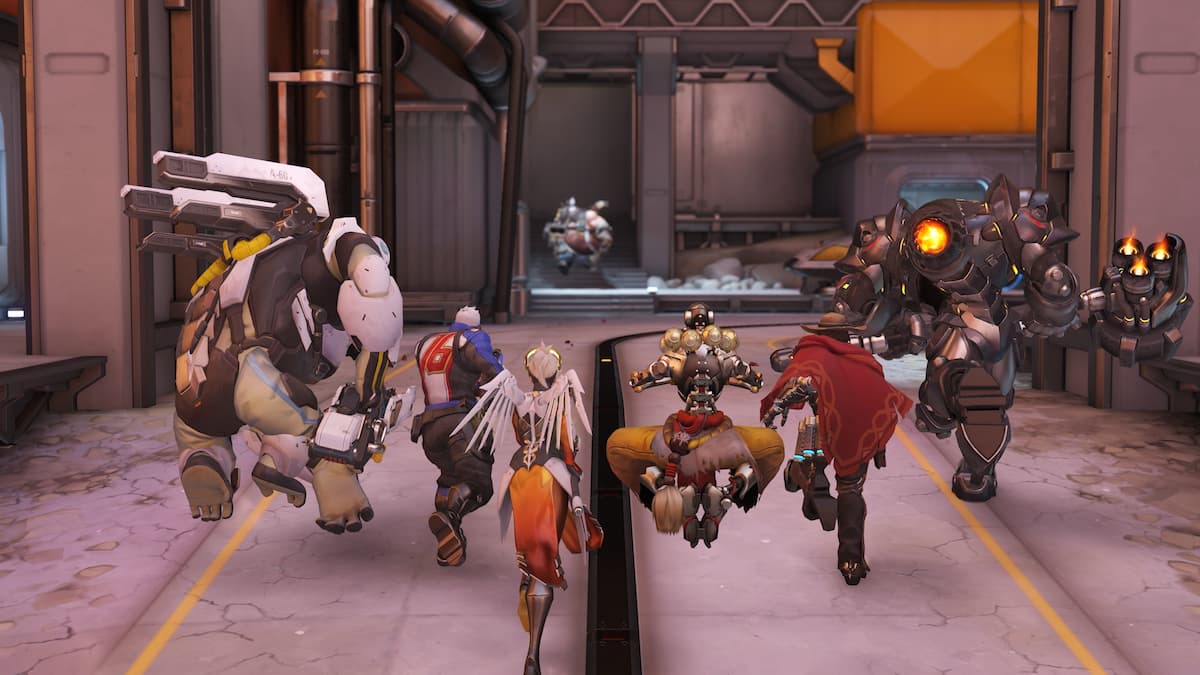

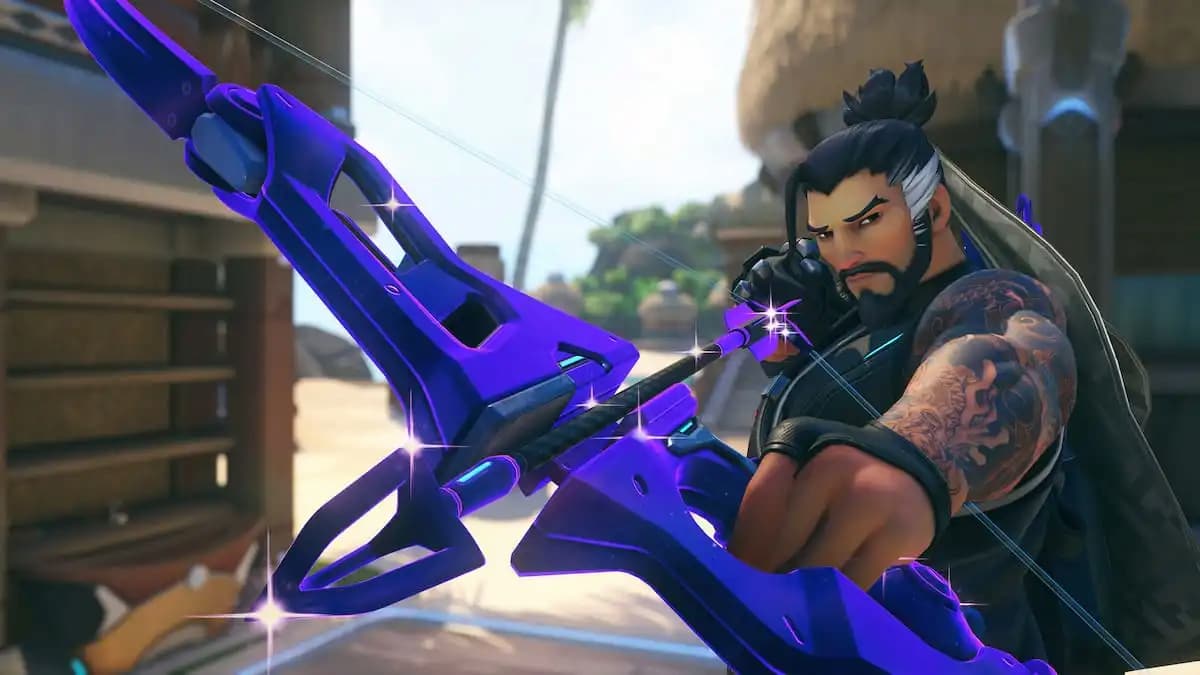

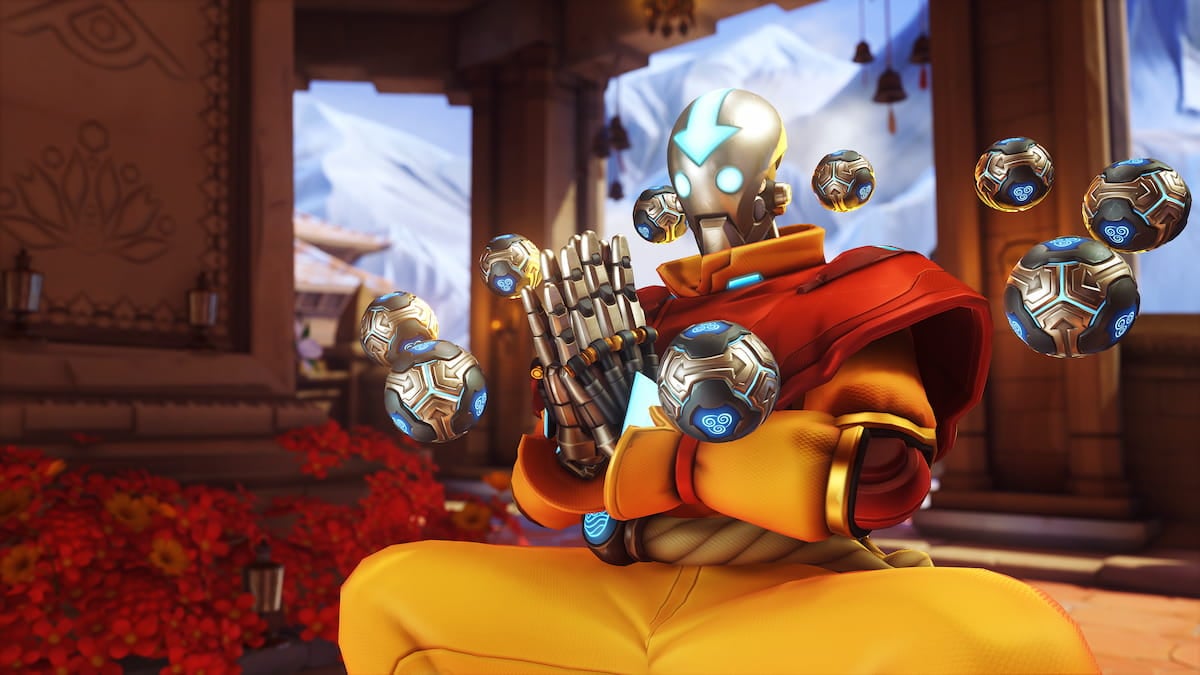

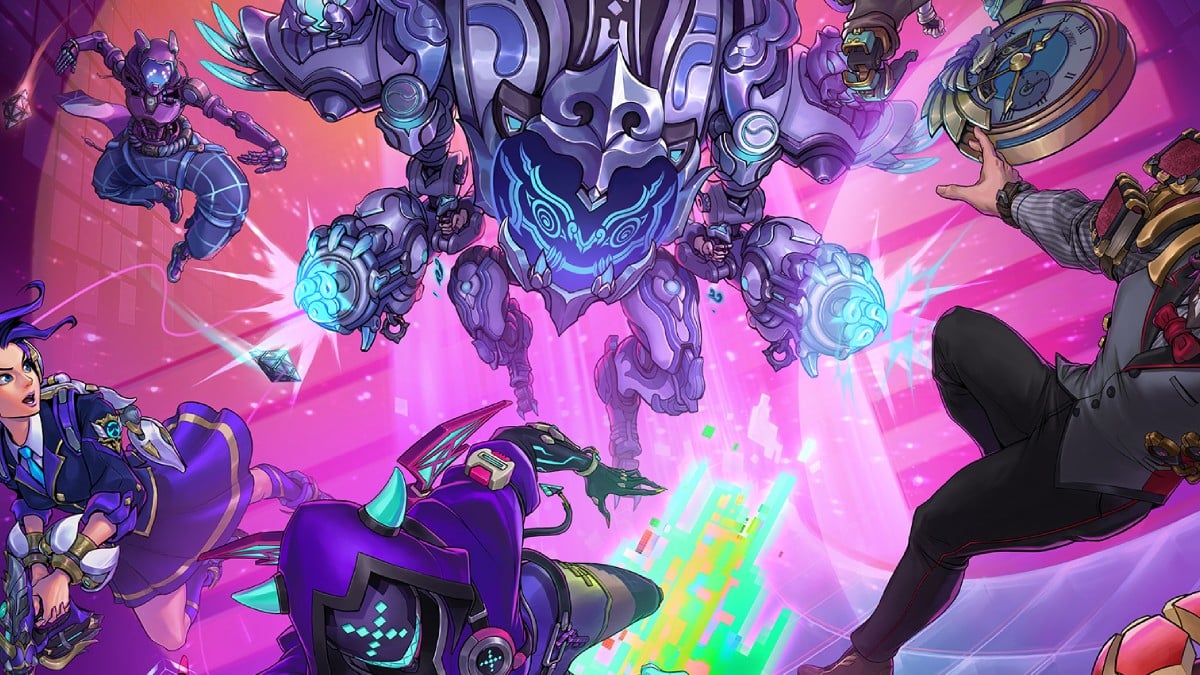
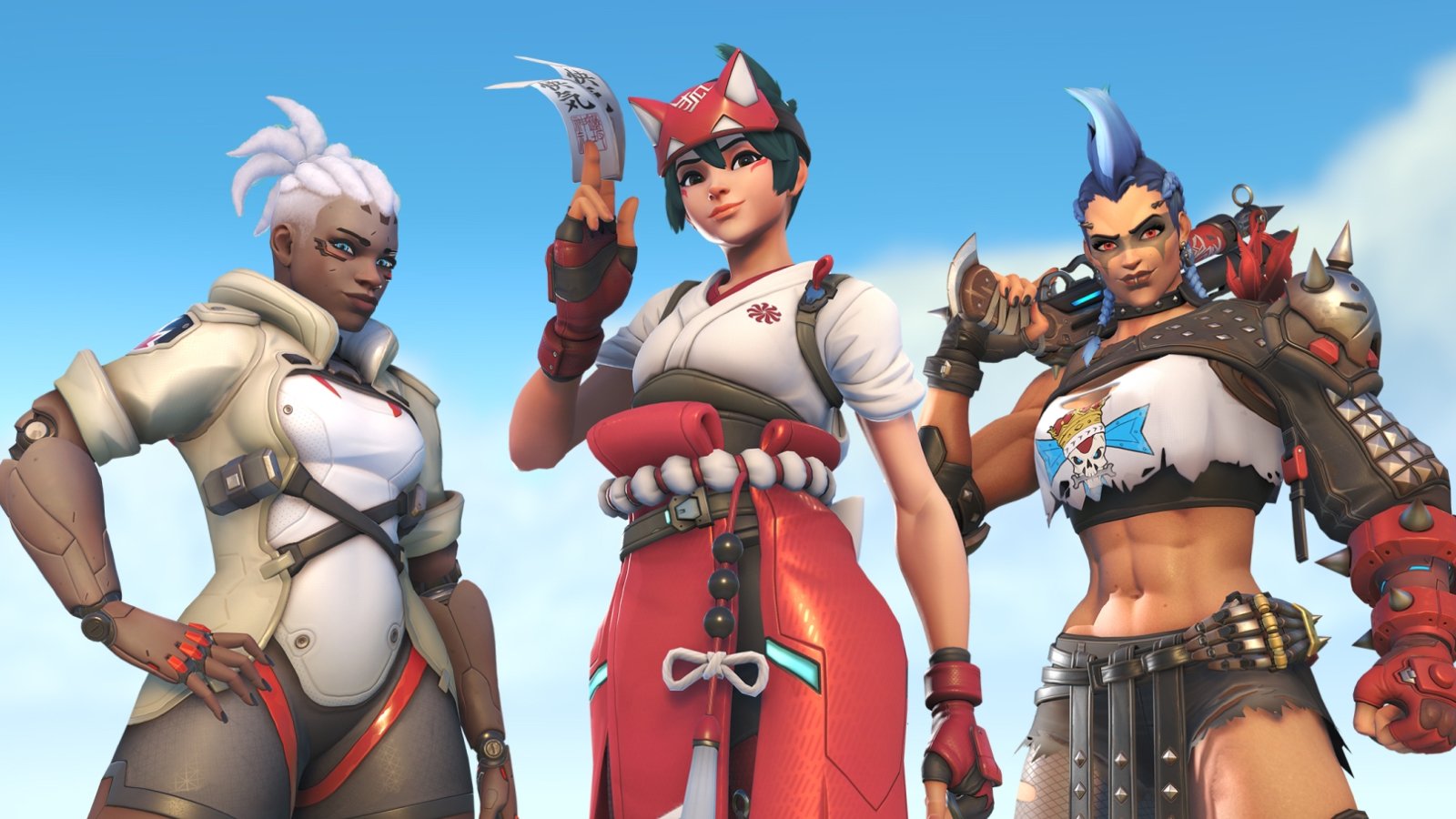
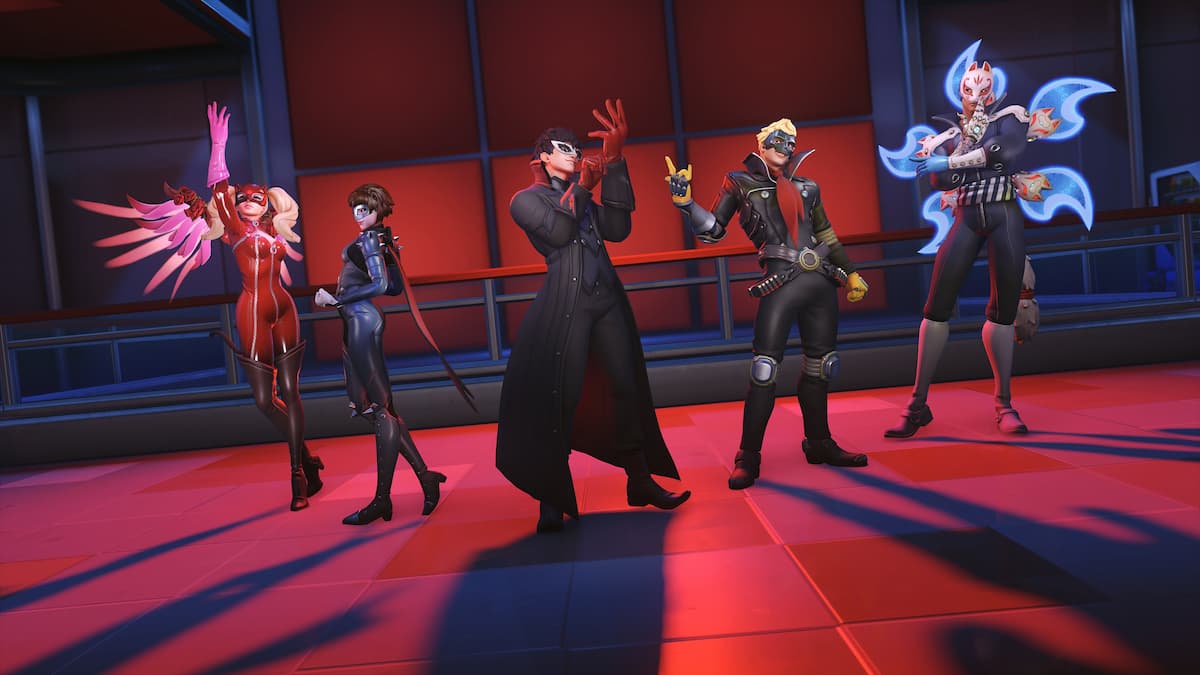
Published: Sep 18, 2018 03:47 pm